Search Engine Optimization (SEO) can be challenging at the best of times. Between multiple online competitors and Google’s ever-evolving algorithms, you’ll likely have your hands full. Throw in the challenge of using SEO tools that don’t work well with your native language, and the process can be a headache.
Fortunately, the Yoast 17.0 update has made SEO easier for optimizing content in languages other than English. The upgraded plugin comes with expanded features, such as detailed word analysis for 18 different languages.
In this article, we’ll discuss some of the exciting new language features to explore in Yoast 17.0. We’ll also explain how to use them to improve your SEO for global audiences. Let’s get started!
An Overview of the Yoast SEO 17.0 Update (And Why It Matters)
Yoast SEO is one of the most popular optimization plugins on the market. It has both a free and premium plugin version that can help you adjust your content for search engine requirements:
Optimizing your content for search engines is an essential process. More than half of website traffic comes from organic search, making it arguably more effective than paid search. Therefore, it’s in your best interests to use SEO strategies to attract new readers.
The Yoast SEO 17.0 update simply builds upon a great plugin by making it more accessible to people who communicate in different languages. Previously, the software was designed specifically for English.
It may often appear that the entire online ecosystem is English-based. However, only 25.9% of internet users are native English speakers. Using SEO strategies in different languages is essential if you want to reach new audiences worldwide.
Enter the Yoast SEO 17.0 update. It has come with multiple new SEO features for different languages, such as word lists, stemming, and new intelligent algorithms. All of these elements help the tool better understand your content and tailor it to 18 new languages.
In the next section, we’ll take a closer look at these features and how you can use them on your website to reach global audiences.
How to Use the Yoast SEO 17.0 Update Effectively (4 Tips)
So how can you leverage the Yoast SEO 17.0 update? To begin with, you’ll need to install and activate the plugin if you’re not already using it.
The Yoast SEO plugin will function in the default language for your WordPress site. So, if you want to change this, you’ll need to navigate to Settings > General in your dashboard.
Then, Yoast SEO will apply all of the language settings automatically. However, keep in mind that not all of the features are available with the free version of the plugin. We’ll now take a detailed look at four key features and how to use them!
1. Use Yoast SEO Language Analysis
Yoast SEO provides both readability and SEO analysis. The first feature shows how accessible your content is to readers. In contrast, the second one analyzes how well your text performs according to search engine criteria.
It uses a stoplight system that shows you problems, potential improvements, and good results:
With Yoast 17.0, the plugin shows you the same criteria for the 18 supported languages. For example, it will consider consecutive sentences, passive voice, usage of transition words, and sentence length. It can also calculate the Flesch reading ease score to give you a general overview.
Furthermore, Yoast SEO uses various techniques, such as word lists, keyword stemming, and evolving algorithms to calculate your content’s performance. You can find your score by either scrolling to the bottom of your post or page or clicking on the Yoast SEO button in the Editor.
Then, you can use any suggestions to optimize your content. For instance, Yoast SEO might suggest that you use your keyword more frequently or add it to your image alt descriptions. By making a few minor adjustments, you should be able to improve your content for languages other than English.
2. Use the Word Forms Feature to Find Relevant Keywords
The premium version of the Yoast SEO 17.0 update includes a new word forms feature for languages other than English. It enables you to find and use related phrases throughout your text:
Word forms are stems or roots of your main keywords. Singular, plural, and varying tense forms of your keywords can all qualify as word forms.
For example, Yoast SEO might identify “social media managers” as a word form of “social media manager”. Therefore, the plugin will calculate how the variations of your primary keyword appear throughout your text. It will then factor these alternatives into its SEO calculations and recommendations.
To strengthen your SEO, you should consider using your primary keywords and including word form variations of those phrases. When search engine bots scan your posts and pages, they will recognize these phrasing alternatives. As such, they can better understand how relevant your text is to people looking for your content.
3. Insert Related Keyphrases
The Yoast SEO 17.0 update also supports the related keyphrases feature for multiple languages. It works with the Semrush tool to show you keyword suggestions:
These keyword suggestions might be synonyms or reworded variations of your existing phrases. For example, the tool might suggest “engaging with customers” as an alternative to “customer engagement“.
You might like to use these related phrases to avoid ‘keyword stuffing’. By doing so, you can make your text sound natural to your global readers while still appealing to search engines.
You can access these suggestions by clicking on the Get related keyphrases button in the Yoast SEO menu in the Editor:
Once you link your Semrush account, Yoast SEO will show you a list of suggested keyphrases. You can then add them manually by clicking on the + Add related keyphrase button:
However, you might like to avoid adding too many related keyphrases. Stuffing your text with these variations could reduce the readability of your content.
Instead, you might like to use the most relevant keyphrases. Fortunately, Yoast SEO shows you search volume and trends for each alternative so you can make informed decisions.
4. Use Internal Linking Suggestions
Finally, the Yoast 17.0 update has internal linking suggestions for languages other than English. The plugin looks for related content on your blog and suggests adding their URLs throughout your text.
Internal links are crucial for SEO. They help Google (and other search engines) understand the relevant content on your entire website.
Furthermore, internal links can be helpful for your readers. You might link to more detailed posts you’ve written on related topics. For example, you could include a URL to your article on cart abandonment within a related post on checkout page design:
Most people manually search for and create their internal links. However, this can be a tedious process, especially if your website has a lot of content.
Yoast SEO premium completely automates this process. The plugin takes stock of all the content on your website. Then, it provides suggestions for internal linking opportunities using matching keywords in the text.
Conclusion
With the Yoast SEO plugin, you can now serve optimized content in several languages, even when using the free version of the software. By doing so, you can reach worldwide audiences and attract new readers to your website.
To recap, you can use the Yoast SEO 17.0 update to optimize for global audiences in these ways:
- Use language analysis to optimize for global audiences.
- Use the word forms feature to find and use relevant keywords.
- Insert related keyphrases using Yoast SEO and Semrush.
- Use internal linking suggestions to strengthen your content.
Do you have any questions about how to use Yoast SEO in languages other than English? Let us know in the comments section below!

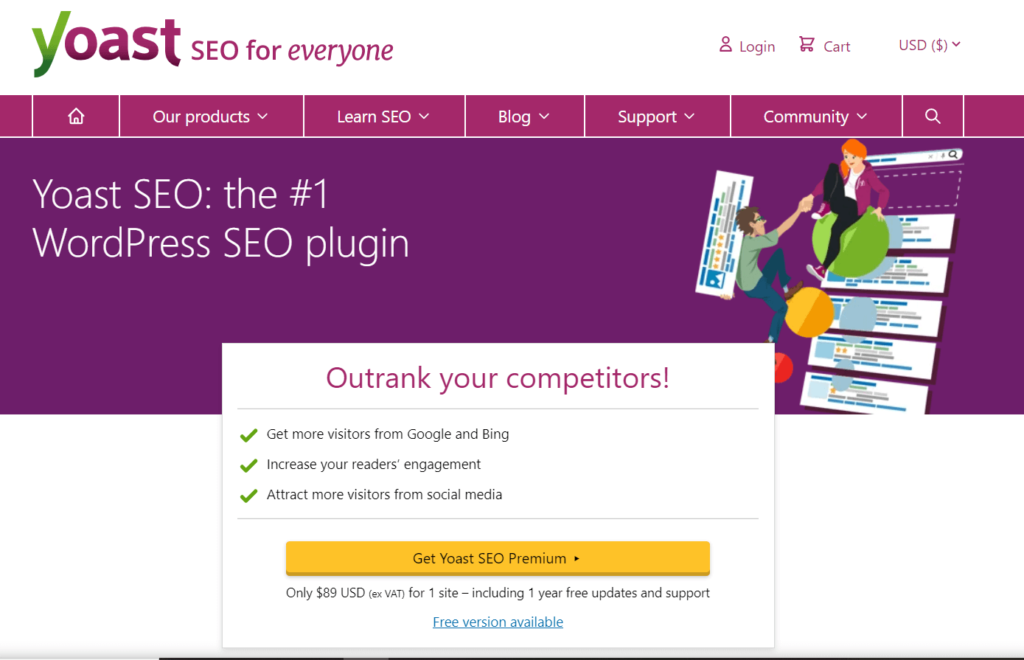
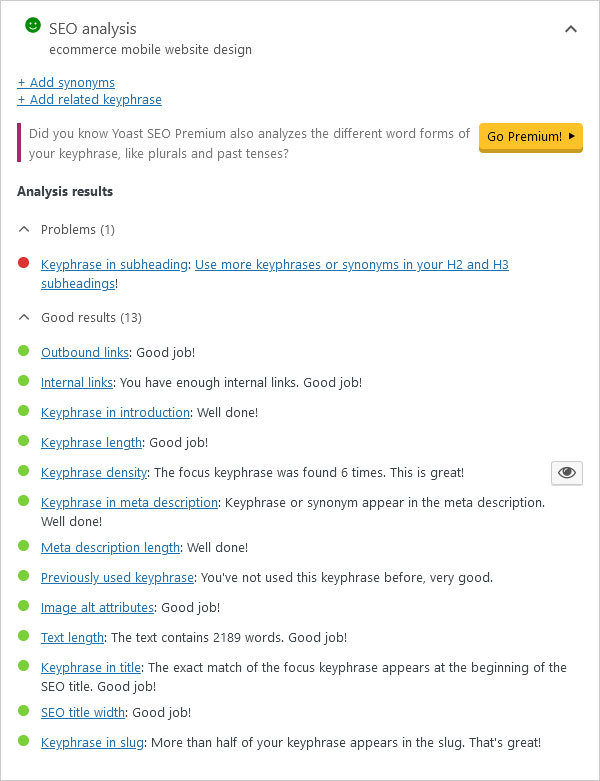
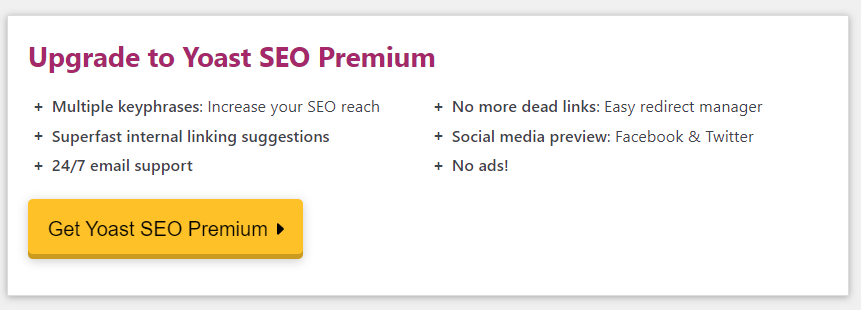

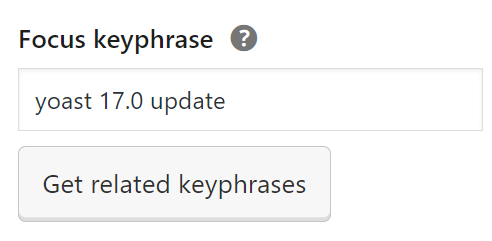
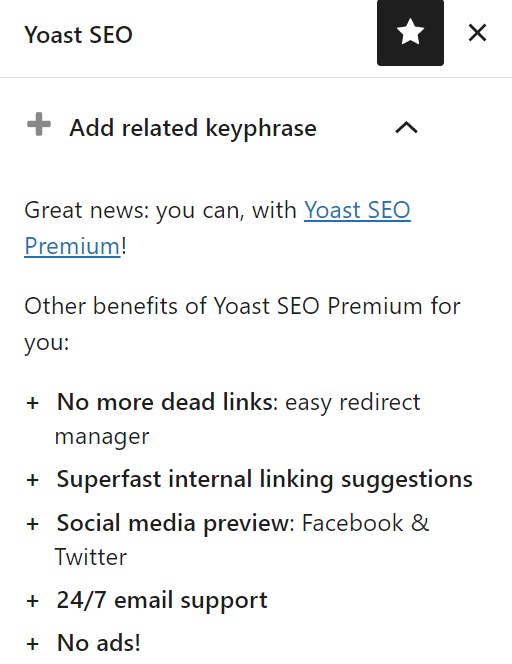
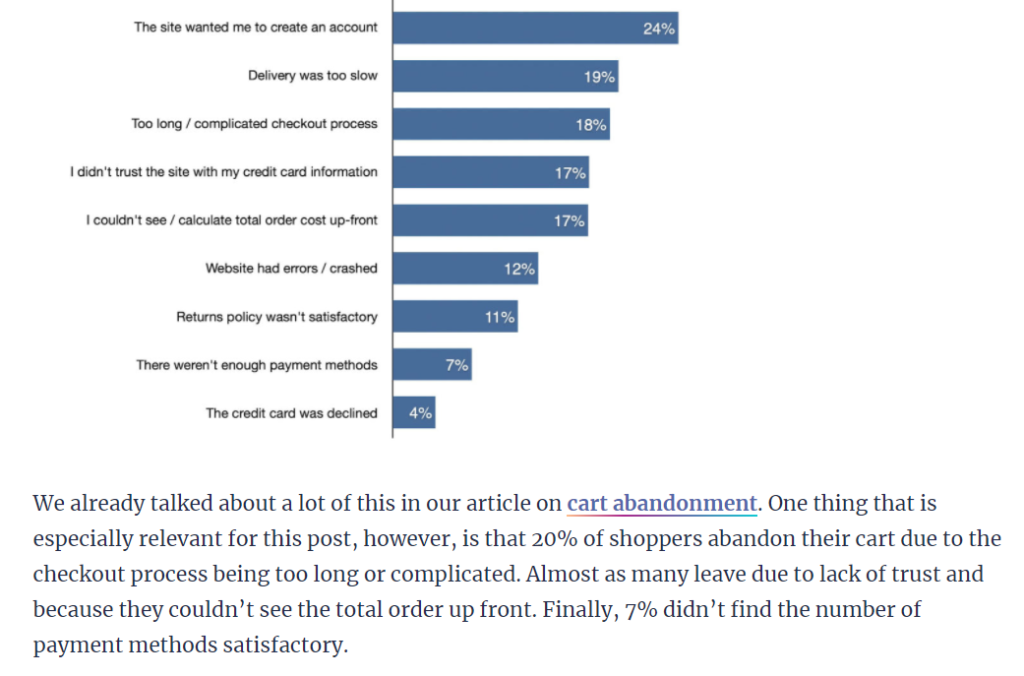
1 Comment